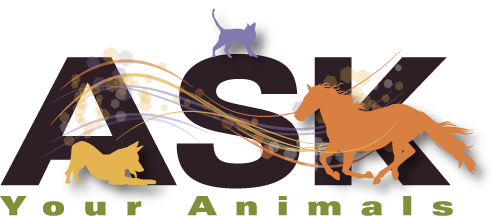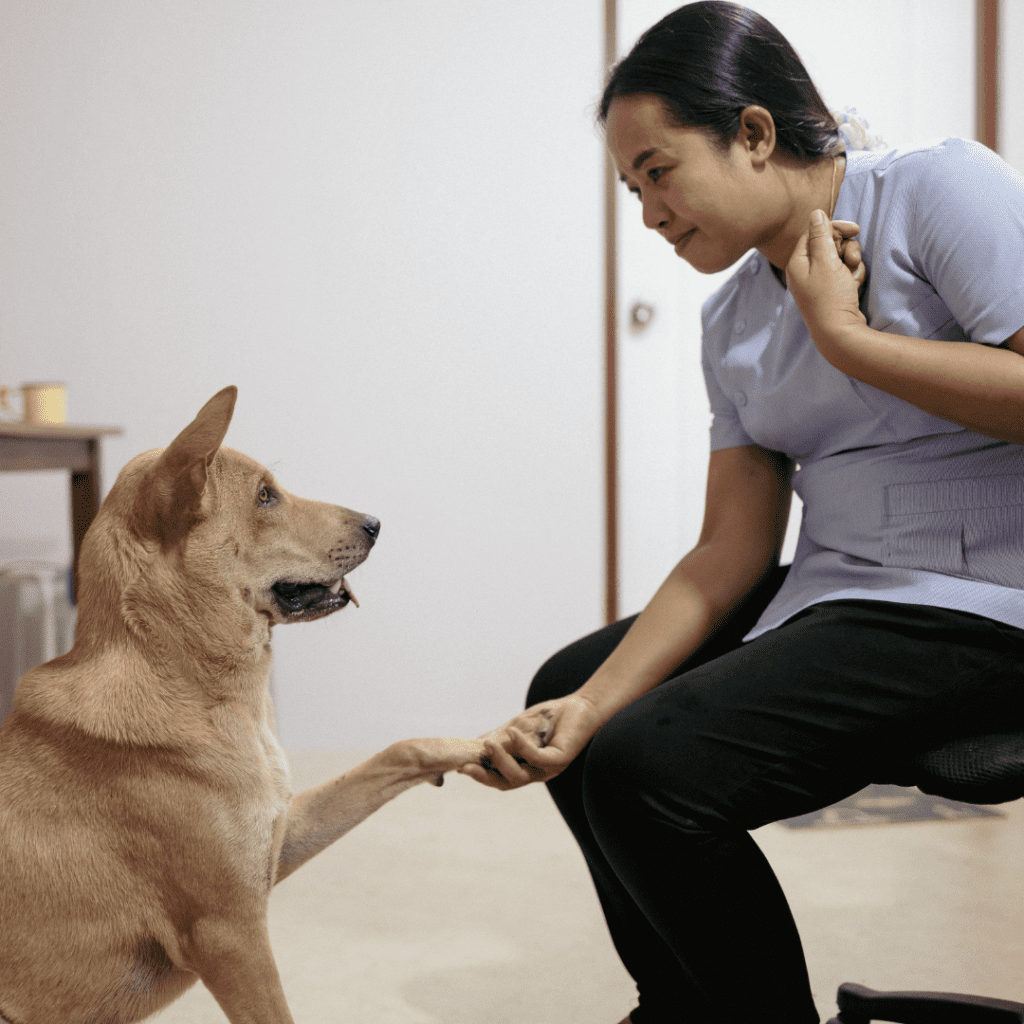The relationships that we form in our lives can be a great source of strength and healing for us. When out of harmony, they can also become a source of stress. The relationships that we form with our animals are really no different. Our animals bring us joy and comfort, unconditional love and acceptance, they ground us and enrich our lives. For many people, the connection with their pets constitutes their primary and sometimes most enduring relationship. Yet the ease and joy of this relationship can become disrupted when the pet begins to exhibit behavior issues, health concerns, or conflicts with family members. Communication can be a key to resolving these conflicts. Accurate communication can be difficult even when both parties speak the same language. Therefore nurturing a healthy relationship is a challenge when your partner shares no common language.
What is Animal Communication?
While it may defy belief systems for some, there is a communication means available to bridge the gap: Telepathy, Animal communication, or inter-species telepathic communication, which is the process of transferring thoughts, images, and feelings from one party to another using extrasensory perception. Animals are able to relay a surprising depth and variety of information about themselves and their environment including physical sensations, emotions, and events.
Researchers, like Rupert Sheldrake, biochemist, and physiologist, believe there is a background fabric of the Universe made up of energy that is called the “Morphic Field” that links beings and acts as a channel for telepathic communication. Others may call this field the “Universal Mind”. Deepak Chopra refers to it as “the Field of all Possibilities.”
How Does Animal Communication Work?
Accessing this telepathic field is a skill that comes naturally to all animals, including the human animal. We as humans, with thousands of years of verbal language orientation, have largely lost this skill. Animals, however, remain strongly connected and are skilled telepathic communicators. As humans have come to rely on verbal communication, we have become less aware of our telepathic abilities. But as we think and speak, we are continually producing energetic broadcasts that contain visual images and emotions, though consciously we are virtually unaware of their content. We tend to tune back in only during creative endeavors such as design, art, meditation, or creative visualization. As we have tuned out our own broadcasts, we have also tuned out these messages from our animals that contain their thoughts, needs, feelings, and perceptions.
Misunderstanding frequently arises between humans and animals because we do not “hear” one another accurately. Our animals are broadcasting their needs and we are not tuned in to their channel. They go unheard.
Why Is It Hard To Communicate With My Pet?
Our animals are continually scanning our telepathic channel to discern our needs and expectations. What they encounter is often a confusing, contradictory, overlapping jumble of images and emotions to which they cannot relate. In one brief training session, we might jump to dozens of topics; “I’m teaching the dog to sit”, “I am sad about Aunt Mary”, “did I pay that bill”, “my shoulder feels sore”, “I need to go to the grocery store”. None of these thoughts are relevant to our dog and he would perceive it as broadcast static and have no choice but to tune it out.
Communication between humans and their animals improves when we learn to think more like them. Animals create their thought forms from the present moment without regard to the past and future. They tend to keep it simple, without the demands of ego. They perceive themselves as spiritual beings connected to all things and eternal in nature. They lack a perception of polarities, no right, and wrong, things are just as they are. Animals are generally free of guilt and judgment for themselves and others.
We can learn to clarify our telepathic static to improve communication with our animals and also increase our own self-awareness. Starting requires quieting your chattering mind. Breathe into a calm and alert state. Observe your mental imagery and notice how often worry about the past and future intrude. Bring your focus to the present moment and think of what you DO want, not what you DO NOT want.
Author and Speaker Mike Dooley teaches that “thoughts are things”. From the perspective of our animals, this could not be more true. When you worry about a possible disaster in the future your mind creates an image of that event. As your animal observes this image he can not distinguish it from an actual occurrence. It is the same when we worry about a trip to the vet or a dying pet. Your thought form is purely an illusion but to the animal, it is very real.
In our attempt to train our pets, we continually think of the behavior we do not want to experience. We teach them, “Don’t jump on the couch”, “Don’t chase cars”, and “Don’t chew on the furniture”. Yet with each verbal statement, we create a telepathic image of jumping on the couch, chasing cars, and chewing furniture. Because there is no visual concept for “Don’t”, we are unintentionally communicating the exact opposite of our desire.
As we become more aware of our telepathic imagery, we can retrain ourselves to match them to our intent. Accurate mental imagery can become a powerful training tool with our animals and can enhance the overall quality of our communications and our relationships.
How Can A Professional Animal Communicator Help?
Professional animal communicators can help bridge the gap with animals, from pets to performance horses, in a variety of everyday circumstances. Professional animal communicators can help bridge the gap with animals, from pets to performance horses, in a variety of everyday circumstances. But with some understanding of this process and a little practice, you can become a better listener with your pets and learn how to broadcast your intentions more clearly, too. And better communication will help you both live happier, healthier, and more fulfilling lives.



